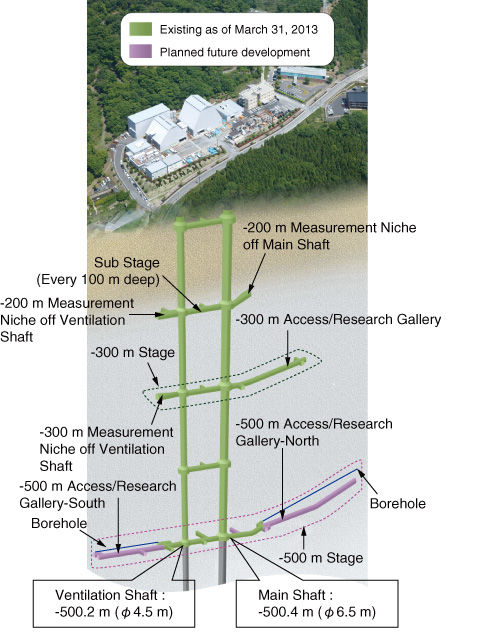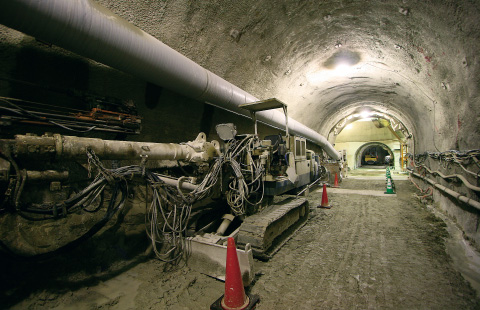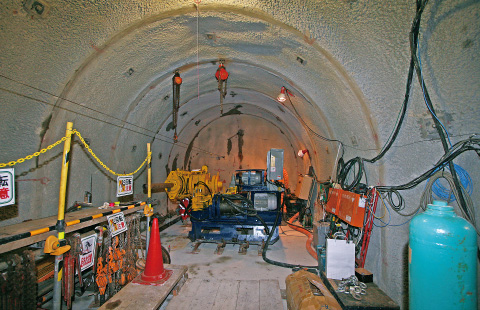
Fig.13-21 Layout of the Mizunami Underground Research Laboratory

Fig.13-22 -500 m Access/Research Gallery-North

Fig.13-23 Borehole investigation site
The Mizunami Underground Research Laboratory is currently under construction in Mizunami City. As of March 2013, approximately 150 m of horizontal excavations were completed for the GL -500 m stage (meters below ground level, Figs.13-21, 13-22).
To mitigate the potential excess groundwater inflow, pre-excavation grouting was conducted before excavating the shafts and galleries. Grouting is the injection of material such as cement into open fractures in a rock mass to stabilize and seal the rock. While planning the construction of the URL, it was necessary to obtain reliable preliminary information on the bedrock conditions in terms of the rock mass stability and hydrogeology. Therefore, site characterization borehole investigations were conducted prior to any excavations. These investigations indicated that potentially large groundwater inflows could occur during excavation of the Ventilation Shaft at around GL -200 m, from GL -400 m to -460 m and near the -300 m Access/Research Gallery.
Borehole investigations were also conducted before excavation of the Research Galleries at GL -500 m to obtain reliable information on the bedrock conditions (Fig.13-23). These investigations indicated that high conductivity of the rock mass, in the range of 10-7 -10-5 m/sec, could occur during excavation of the -500 m A/R Gallery-South. Therefore pre-excavation grouting was conducted before the excavation of the shafts and galleries at this depth.
In planning the construction, the target for reduction in water inflow was established by theoretical analysis of the groundwater flow in terms of the bedrock conditions. Observations during the excavations indicate that the pre-excavation grouting was successful and that the targeted reduction in inflow was achieved. Thus, the results indicate that this methodology is effective in reducing water inflow.